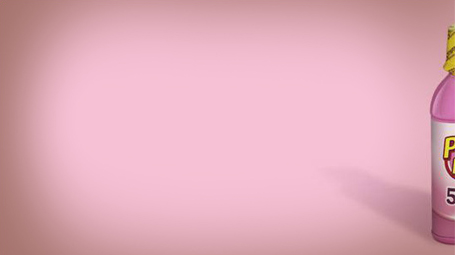Color trademarks keep some in the green

Choosing a dominant color for your marketing materials is an ideal way to build recognition. People associate certain colors with feelings and there are reams of research that indicate (or at least try to convince people) the psychology behind various colors.
For example, it is said that blue creates a calming feeling, while red causes a feeling of urgency. So if you were trying to get people to “act now” red would seem the natural choice. So natural in fact, that if you look at sale signs you are guaranteed to see a lot of red.
Colors can also be tricky when used for international marketing campaigns. Every culture assigns their own meaning to different colors. In American, white usually projects an aura of purity and innocence but in Japan it is associated with mourning, a big difference in interpretation of a single color.
Since color is a key element in marketing, and companies spend a lot of money marketing, it should be no surprise that some businesses try to protect their investment with a color trademark.
Getting a color trademark is not easy. The U.S. trademark office only grants color trademarks when the color meets the following U.S. Supreme Court statement & when that color has attained a secondary meaning and therefore identifies and distinguishes a particular brand (and thus indicates its source).
There a lot of other criteria color trademarks must pass, including:
- Whether the design (or color) yields utilitarian advantage;
- Whether alternative designs (or colors) are available;
- Whether advertising touts utilitarian advantages of the design (or color); and
- Whether the particular design (or color) results from a comparatively simple or inexpensive method of manufacture.
But if you can be successful in proving your case, then you can have your own color. This type of trademark doesn’t mean you actually own the color, just that you are the only one in your industry who can use it.
When you think of a lot of the companies that have color trademarks, you most likely also think of their color. Perhaps the most recognizable is Tiffany Blue. When people see a little robin egg blue jewelry box most know exactly where it came from. On the other side of the cost scale is Wiffle Ball Bat Yellow. When someone say’s Wiffle Ball Bat the image of a bright yellow plastic bat instantly comes to mind. The last one I’ll mention is Pepto-Bismol…and I sure you can guess their color.
As strange as it may seem that companies can trademark a color, it does serve as a reminder of how important color choice is to your marketing message.

